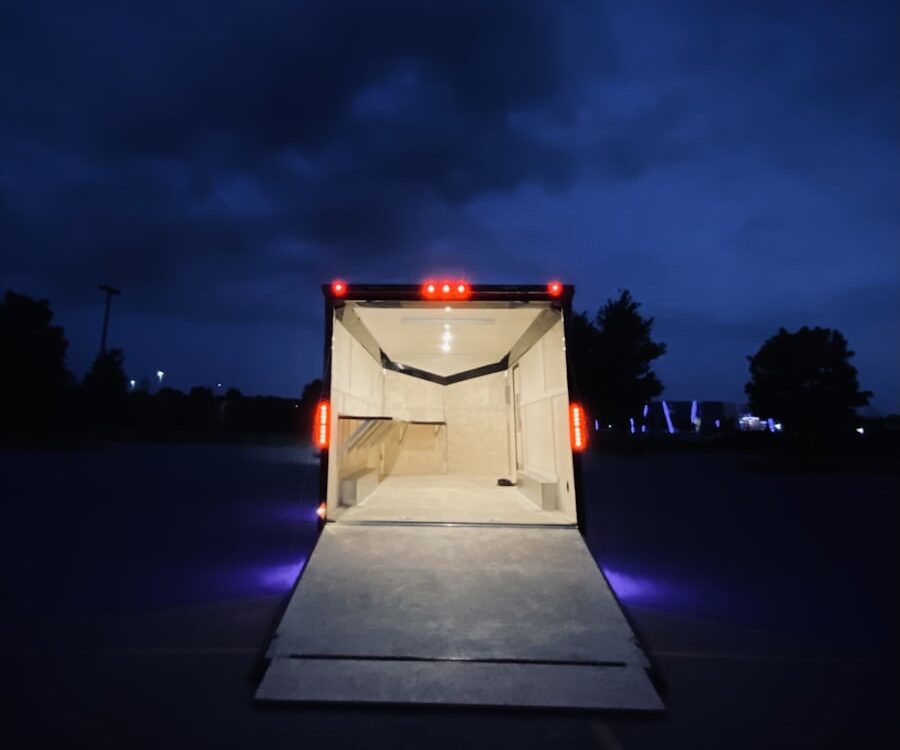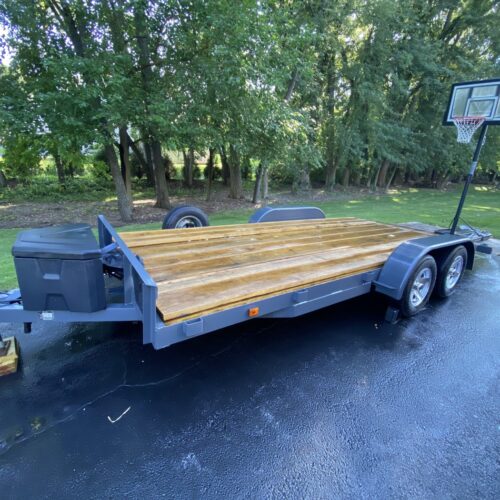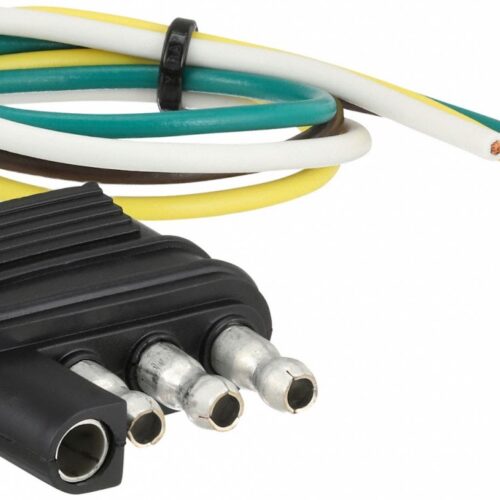Trailer lights play a crucial role in ensuring safety on the road while towing a trailer. Whether you’re hauling cargo, a boat, or recreational vehicles, properly functioning trailer lights are essential for visibility, communication, and compliance with traffic regulations. In this blog post, we’ll guide you through the different types of trailer lights, their functions, maintenance tips, and the importance of adhering to safety standards.
Types of Trailer Lights
- Tail Lights:
- Tail lights are essential for indicating the presence and width of a trailer to other drivers.
- They are typically red and activate when the vehicle’s headlights are turned on.
- Brake Lights:
- Brake lights illuminate when the towing vehicle’s brakes are applied, signaling to following drivers that the trailer is slowing down or stopping.
- Turn Signals:
- Turn signals indicate the direction in which the trailer is turning, promoting safe lane changes and turns.
- Reverse Lights:
- Reverse lights activate when the towing vehicle is in reverse, providing visibility to other drivers and pedestrians behind the trailer.
- Marker Lights:
- Marker lights are small, side-mounted lights that enhance the visibility of the trailer, especially in low-light conditions.
Maintenance Tips for Trailer Lights
- Regular Inspection:
- Routinely check all trailer lights for cracks, water ingress, or damage. Replace any faulty bulbs or damaged components promptly.
- Clean Connections:
- Ensure that all electrical connections are clean and free of corrosion. Dirty connections can lead to poor conductivity and malfunctioning lights.
- Secure Wiring:
- Examine the wiring harness for any signs of wear, fraying, or exposed wires. Properly secure and protect the wiring to prevent damage during transit.
- Waterproofing:
- Apply dielectric grease to connectors and seals to protect against water infiltration, especially for boat trailers that may be submerged during launching and retrieval.
- Alignment and Adjustment:
- Check the alignment and adjustment of lights to ensure proper visibility and compliance with regulations.
Importance of Trailer Light Safety
- Visibility and Communication:
- Properly functioning trailer lights enhance visibility, allowing other drivers to anticipate your movements and reducing the risk of accidents.
- Legal Compliance:
- Adhering to trailer light regulations is not only essential for safety but also a legal requirement in many jurisdictions. Failure to comply may result in fines and penalties.
- Peace of Mind:
- Knowing that your trailer lights are in good working condition provides peace of mind, allowing you to focus on the road without worrying about safety issues.
Investing time and effort in the maintenance of trailer lights is a small yet crucial aspect of responsible trailer ownership. By understanding this guide on the types of trailer lights, implementing regular maintenance practices, and prioritizing safety, you contribute to a safer and more enjoyable towing experience for yourself and other road users. Remember, trailer lights not only illuminate the road but also illuminate the path to responsible and secure towing.




